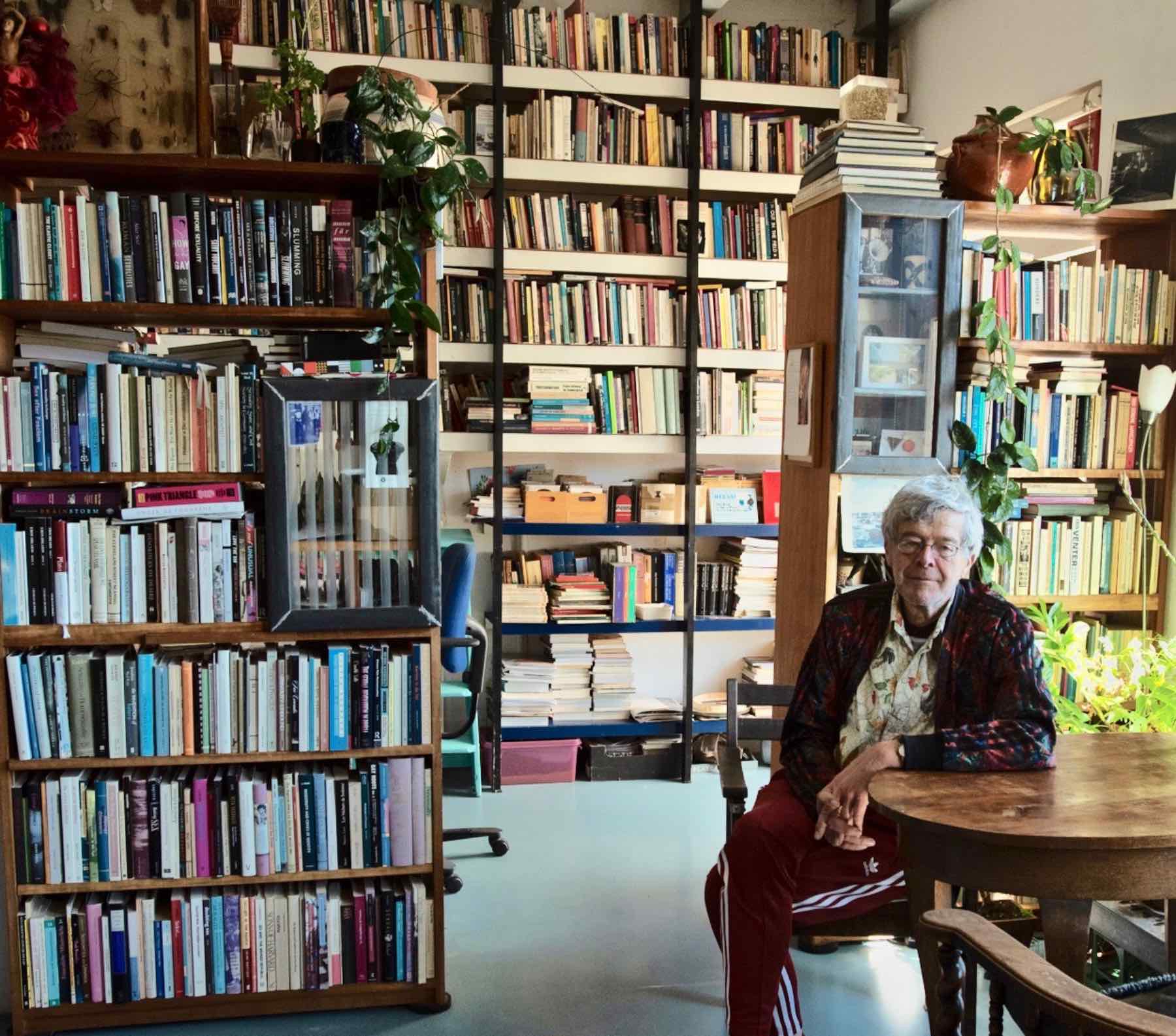
Intimacy, Violence and Activism. Gay and Lesbian Perspectives on Australian History and Society,
Australia and the Netherlands are very different in geographic size, but quite similar in terms of population: 23.5 million compared to 17 million. While Holland retains a gay friendly and sexually liberal image, Australia has been seen less so. Considering this difference in images, it is amazing how relatively little the Dutch produce regarding gay or even sexual history. However, for Australia, this is the 7th volume in a series titled ‘Gay and Lesbian Perspectives’ and there is moreover an important bulk of work carried out by local scholars (Wotherspoon, Aldrich, Altman, Angelides, Willett, Knobel and many others). ‘Liberal’ Netherlands may lay claim to having the first legalized same-sex marriage and 95% of the population saying they accept homosexuality, but little comparable serious research exists. Dutch Marxist historian Jan Romein formulated the ‘law of the handicap of a head start’ that may hold true for the current state of research regarding homosexuality in the Netherlands: an early start turns out to be a setback as progress transforms into stagnation. This is evidenced by the fact that the successful Dutch groups working for gay and lesbian studies of the 1980s have all but disappeared with the exception of some recently emerging queer student groups.
This volume offers a pleasantly surprising and very interesting set of papers on LGBT issues including gender and sexual histories of Australia. There are articles on male friendships and intimacies, colonial sodomy laws and policing homosexuality that discuss the times before the Great War. Chris Brickell illustrates his article on homoeroticism, the only one that discusses New Zealand, with beautiful late 19th century pictures of men, male couples and bush gangs. In his text, Robert French interestingly reveals that the 1960s Australian policy intentions to rid the administration of homosexuals collapsed as a result of coming too late to have any effect. Here being late proved a blessing in disguise.
The article of Rebecca Jennings on lesbian feminist theories in the early 1970s when the sexual revolution and gay liberation were just beginning is a highlight of the collection. It shows the ferocious critique on the nuclear family as corner stone, not of society, but as the producer of the subjection of women and the exclusion of homosexuals. She quotes a feminist article with the remarkable title ‘Why I would like to destroy the nuclear family’ (133). Lesbian relations were formed out of a fear of isolation as a consequence of monogamy’s tyranny. Feminists railed against the nuclear family as ‘egoism for two,’ to use the term of utopian socialist Charles Fourier, the institution that blocked solidarity and activism. Although in hindsight most participants saw the attacks of lesbian feminism on the nuclear family as its main contribution, few of them spoke positively with regard to its impact on their relations which were often spoiled by jealousy and pain apparently rooted in a deeply ingrained morality of monogamy.
This short period of experimentation is highly interesting. Major parts the LGBT movement have now firmly put their hopes on adopting the same nuclear family model that maintains strict divisions between genders and generations while excluding others such as singles or the polyamorous. They seem to have given up on creating new models of relating and educating.
Alan Petersen shows another side of these revolutionary times by describing the hostile attitude of the gay movement toward the bar scene. Activists viewed it as a safe ghetto for the apolitical, the closeted, for bitchy queens who excluded others, for the sex obsessed, a hotbed of alcohol and drug abuse and a place where gays were economically exploited. As both movement and bar scene changed, a middle ground was soon found and, as clearly shown in Graham Willett’s article, the movement, bar scene and the mass of homosexuals converged into a ‘community’. Generally applauded, new problems emerged with the glorification of macho gay men who trampled the sissies, had little regard for lesbians and now embraced the familial model. Within a decade, an emerging sexual revolution apparently broke down, giving way to more traditional relational and sexual archetypes. This history needs more analysis both in terms of the interesting radical changes proposed and their quick demise.
The final text on contemporary queer student movements doesn’t keep up to the standards of the rest of the articles. By simply providing data without meaning or context and a political correctness that weirdly seems to have become standard among those who claim queerness, the article fails to offer the rich information of the other articles.
The title of the book containing the words intimacy and violence made me very curious about the second term, as most stories of activism have a peaceful positive line of progress, so what should I find here? It disappointed me a bit that the violence was most often about enemies and rarely about queers themselves (I have discussed the clearest examples). But as its main contribution, the volume offers an intelligent and attractive perspective on homosexualities ‘down under’ that engages the local and the specific. No broad and vague concepts of ‘queer,’ but rather factual and valuable articles that offer something to learn and to think about. Up north we can be jealous.
Gert Hekma, Amsterdam Research Center Gender and Sexuality, co-editor of Sexual Revolutions (Palgrave 2014).
